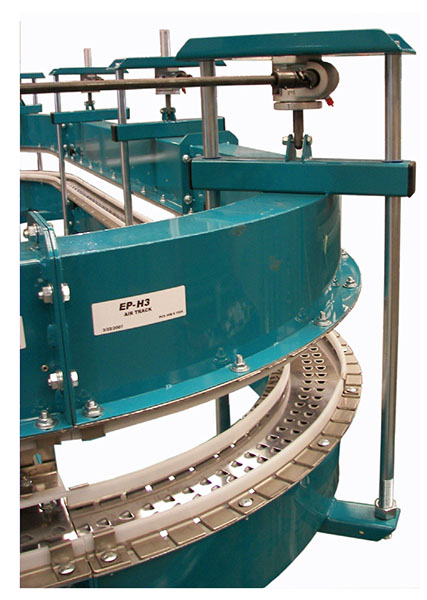
Even so, most studies lacked methodologically rigorous evidence and failed to evaluate safe patient outcomes. Conclusions This broad summary offers initial support for alternate routes of care for intermediate, non-urgent patients. Finally, patients expressed willingness for such schemes but their preference must be better understood.

decision comparisons, rates of secondary contact). Studies often inaccurately defined success using proxies for patient safety (e.g. Challenges to successful use of schemes included: patient safety resulting from incorrect triage decisions, inadequate training, lack of formal partnerships between ambulance and supporting services, and insufficient evidence to support safe implementation or continued use. The benefits of alternative schemes are well-recognised by patients, paramedics and stakeholders and there is supporting evidence for a positive impact on patient-centered care and operational efficiency. Eighteen articles considered quantitative patient data, 12 studies provided qualitative perspectives while 11 were consensus or opinion-based articles. Results Of 16,037 records, 41 examined alternate routes of care after triage by the on-scene paramedic.
ALTERNATE CONVEYANCE FULL
Independent researchers screened title-abstract and full text stages. Articles were systematically searched using four databases and grey literature sources (February 2020). referrals, alternate care route, non-conveyance) were combined. Search terms for the sample (ambulances, paramedics, etc.) and intervention (e.g. Methods This scoping review sought to identify all studies that examined alternate routes of care for the non-urgent “intermediate” patient, as triaged on scene.

Evidence surrounding the safety, effectiveness and efficiency of alternate care routes is not well known. Abstract Background The role of ambulance services is shifting, due in part to more intermediate, non-urgent patients who do not require direct emergency department conveyance, yet who cannot be safely left at home alone.


 0 kommentar(er)
0 kommentar(er)
